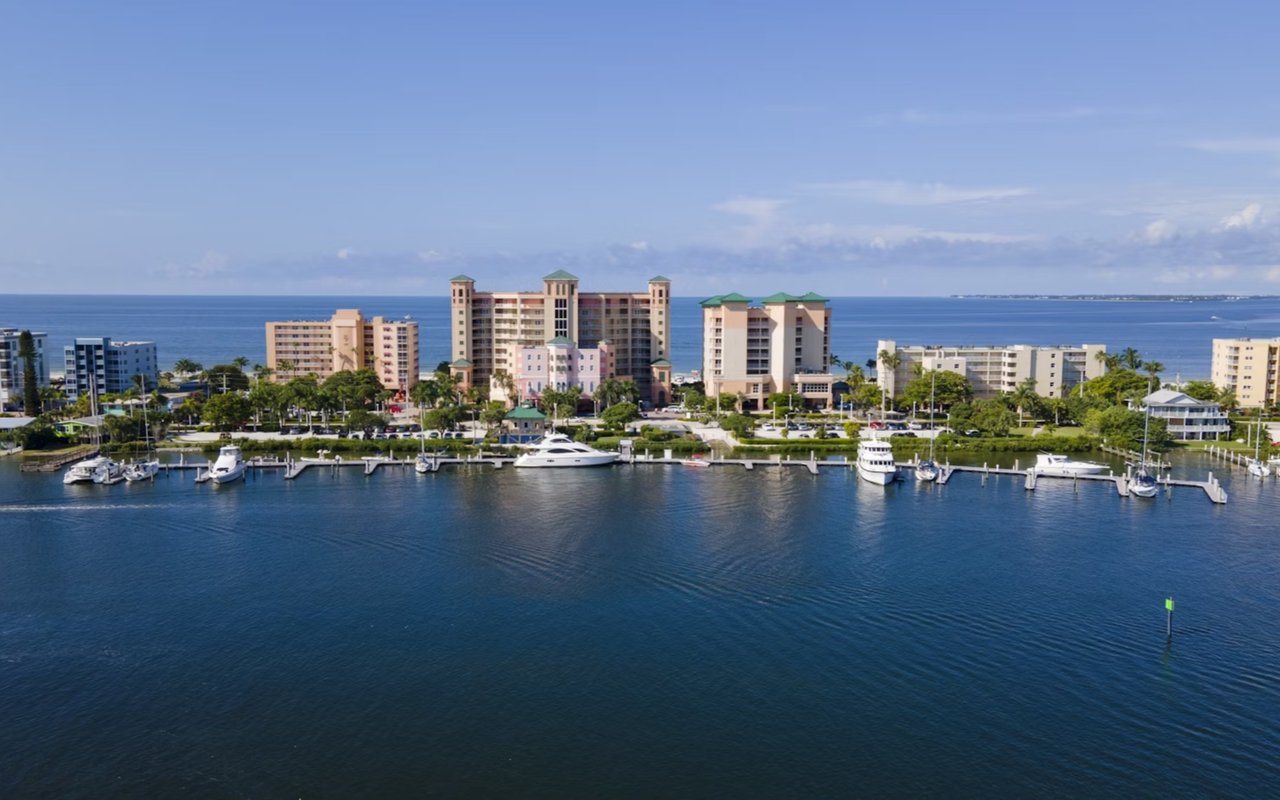As climate change continues to affect weather patterns and environmental conditions globally, its impact on real estate is becoming increasingly significant. For investors, understanding climate risks is essential for making informed decisions and protecting the value of their properties. From rising sea levels to extreme weather events, the challenges posed by climate change can have profound implications for real estate investments. Let’s explore the key climate risks that real estate investors should consider and offer strategies to mitigate these risks.
Understanding Climate Risks in Real Estate
Climate risks in real estate refer to the potential negative impacts that climate change can have on properties and the broader market. These risks are multifaceted and can vary significantly depending on location, property type, and local environmental conditions. As an investor, assessing these risks is crucial for safeguarding your investments and ensuring long-term profitability.
Physical Risks
Physical risks are the most direct and observable impacts of climate change on real estate. These include:
Rising Sea Levels
Coastal properties are particularly vulnerable to rising sea levels, which can lead to flooding, erosion, and damage to infrastructure. In areas like Miami, New York City, and parts of California, rising sea levels pose a significant threat to both residential and commercial real estate.
Extreme Weather Events
The frequency and severity of extreme weather events, such as hurricanes, wildfires, and heatwaves, are increasing due to climate change. Properties in regions prone to these events may experience higher insurance costs, damage, and even a decrease in property value.
Temperature Extremes
Climate change can lead to more frequent and intense temperature extremes, both hot and cold. These changes can impact energy costs, heating and cooling needs, and the overall livability of certain areas.
Water Scarcity
In some regions, climate change is contributing to water scarcity, which can affect property values, particularly in areas dependent on water-intensive industries like agriculture and tourism.
Transition Risks
Transition risks refer to the economic and regulatory changes that may occur as societies shift toward more sustainable practices. These include:
Regulatory Changes
Governments worldwide are implementing stricter regulations to reduce carbon emissions and promote sustainability. These regulations can impact real estate by imposing new building codes, energy efficiency standards, and zoning laws.
Market Shifts
As awareness of climate change grows, there is an increasing demand for sustainable and resilient properties. Investors who fail to adapt to this shift may find their properties less attractive to buyers and tenants.
Technological Advancements
The development of new technologies aimed at reducing carbon footprints and enhancing sustainability can create both opportunities and challenges for real estate investors. Staying abreast of these advancements is essential for maintaining a competitive edge.
Insurance and Financing
Climate risks are prompting changes in the insurance and financing sectors. Properties in high-risk areas may face higher premiums, stricter lending requirements, or even difficulty obtaining insurance coverage.
Assessing Climate Risks for Your Investment
Assessing climate risks is a complex process that requires a thorough understanding of both the local environment and broader climate trends. Here are some steps you can take to evaluate the climate risks associated with your real estate investments:
Evaluate Location
The location of a property is the most critical factor in assessing climate risks. Coastal areas, floodplains, and regions prone to wildfires or hurricanes are particularly vulnerable. Research historical data on weather patterns, flooding, and natural disasters in the area. Additionally, consider future projections of climate change impacts for the location.
Assess Building Resilience
The resilience of a building refers to its ability to withstand and recover from climate-related events. This includes the structural integrity of the property, its ability to resist flooding or wind damage, and the presence of features like storm shutters or elevated foundations. Older buildings may be more susceptible to climate risks, so it’s essential to evaluate the condition of the property and any necessary upgrades.
Review Local Regulations
Stay informed about local and regional regulations related to climate change and sustainability. Some areas may require properties to meet specific energy efficiency standards, install renewable energy systems, or comply with flood zone regulations. Understanding these requirements can help you avoid potential legal issues and ensure that your property remains compliant.
Analyze Market Trends
Market trends can provide valuable insights into how climate risks are perceived by buyers and tenants. Look for shifts in demand toward more sustainable and resilient properties. Consider how these trends might affect the long-term value of your investment. For example, properties with energy-efficient features or located in areas with lower climate risks may command higher prices or rental rates.
Consider Insurance Costs
Insurance is a critical component of managing climate risks in real estate. Properties in high-risk areas may face increased insurance premiums or difficulty obtaining coverage. Be sure to factor in these costs when evaluating the potential return on investment. Additionally, explore options for specialized insurance policies that cover specific climate risks, such as flood or windstorm insurance.
Factor in Future Climate Projections
When assessing a property, it's important to consider not just the current climate risks but also future projections. Climate change models can provide estimates of how conditions might evolve in the coming decades. For example, an area that is currently at low risk for flooding may become more vulnerable over time due to rising sea levels or increased rainfall. Using these projections can help you make more informed decisions about the long-term viability of your investment.
Strategies for Mitigating Climate Risks
Once you’ve assessed the climate risks associated with your investment, the next step is to implement strategies to mitigate these risks. Here are some approaches to consider:
Invest in Resilient Properties
Investing in properties that are designed to withstand climate-related events can help protect your investment. Look for buildings with features like reinforced foundations, hurricane-resistant windows, or flood-proof designs. Additionally, consider properties with sustainable features, such as energy-efficient systems, green roofs, or solar panels, which can enhance their appeal in the market.
Diversify Your Portfolio
Diversification is a key strategy for managing risk in any investment portfolio, and real estate is no exception. Consider spreading your investments across different geographic regions and property types to reduce your exposure to climate risks. For example, if you own several coastal properties, you might balance your portfolio by investing in inland areas less vulnerable to rising sea levels.
Implement Risk Management Practices
Effective risk management is essential for navigating the challenges posed by climate change. This includes regularly reviewing and updating your insurance coverage, staying informed about changes in local regulations, and conducting periodic assessments of your properties’ resilience. Additionally, consider working with professionals such as climate risk consultants or real estate advisors who specialize in sustainability.
Advocate for Sustainable Development
As an investor, you can play a role in promoting sustainable development practices within the real estate industry. This might include supporting developments that prioritize green building practices, advocating for policies that encourage resilience, or investing in communities that are actively addressing climate risks. By aligning your investments with sustainability, you can contribute to positive environmental outcomes while protecting your assets.
Climate change presents significant challenges for real estate investors, but with careful assessment and strategic planning, these risks can be managed effectively. By understanding the specific climate risks associated with your properties and implementing measures to mitigate them, you can protect your investments and capitalize on emerging opportunities in the market.
Find Your Next Property with Renee Poppie
For personalized guidance on navigating climate risks in real estate, reach out to Renee Poppie. Whether you're looking to buy, sell, or invest, Renee is here to help you make informed decisions that align with your investment goals. This includes providing expert insight into The Quarry Naples homes for sale, a community known for its unique waterfront lifestyle and luxury amenities.





